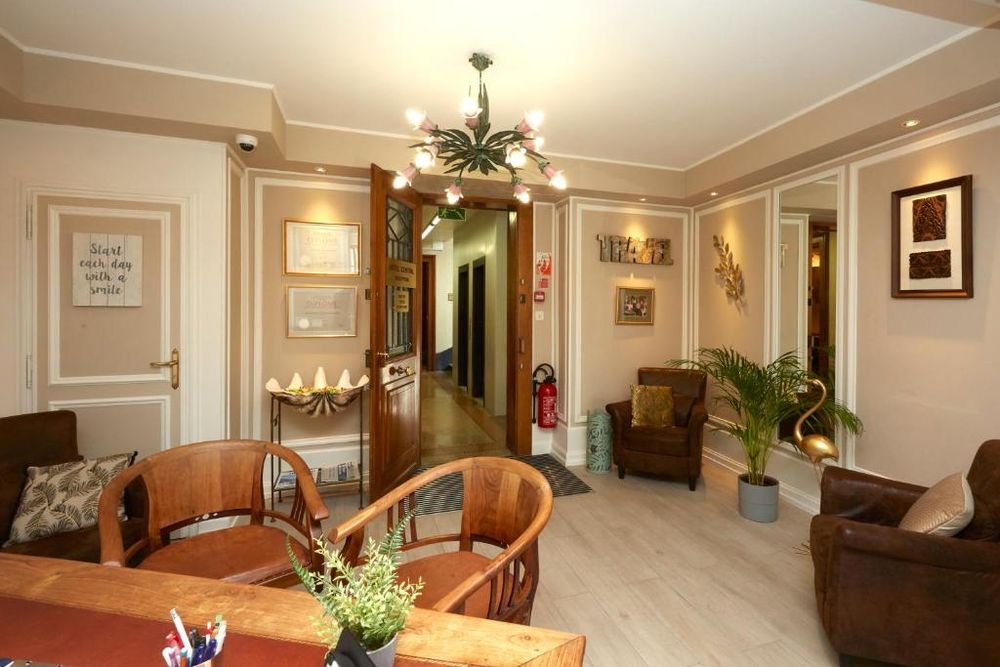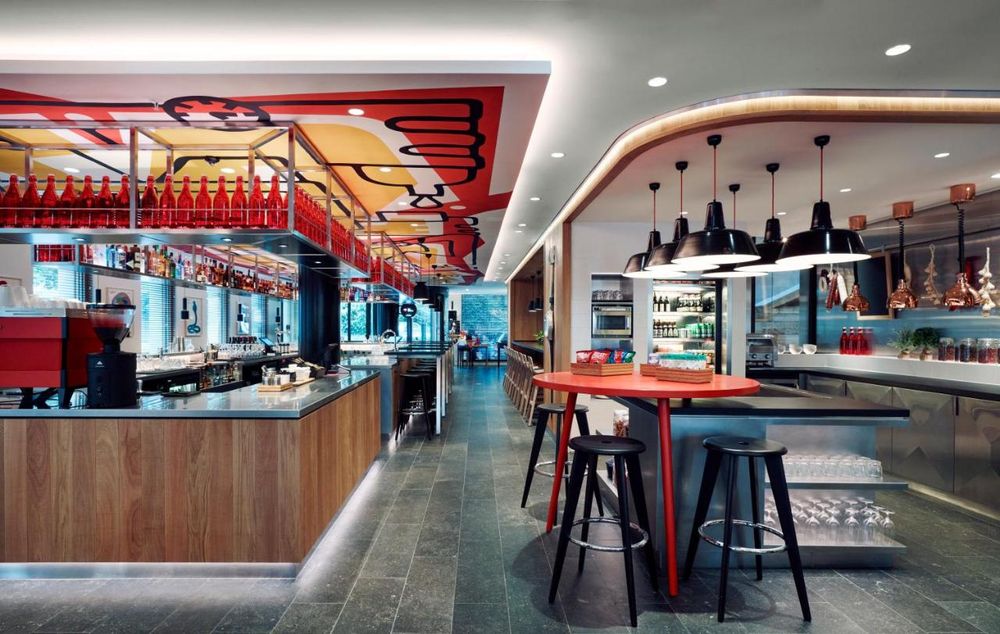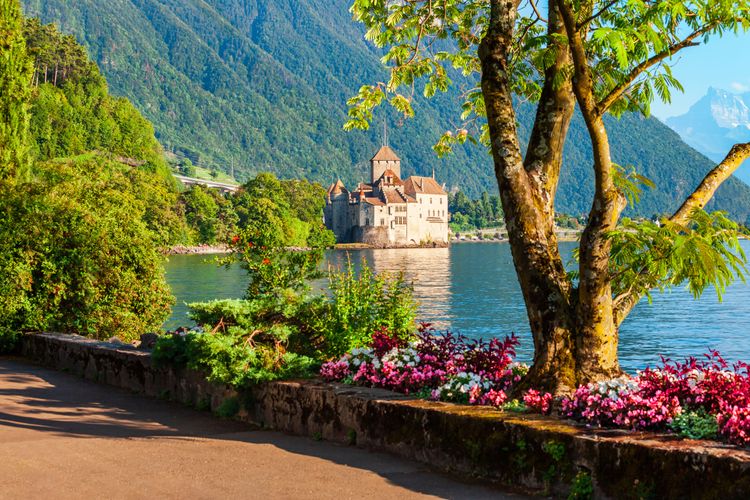An exceptional heritage building, the Maison Tavel is Geneva's oldest private residence. Destroyed by fire in 1334, which left only the cellars intact, the house was rebuilt to its current appearance, with turrets and a facade adorned with sculpted heads. In 1979, excavations unearthed the remains of an 11th-century tower and a huge 17th-century cistern for collecting rainwater. In the Middle Ages, the Tavel family used the house as a residence.
Located in the heart of the Old Town, Maison Tavel is a must-see for anyone interested in Geneva. A remarkable example of medieval civil architecture in Switzerland, it has also been home to the "Museum of Urban History and Daily Life " since 1986, and its permanent exhibition bears witness to Geneva's past. Its collections include the "Relief Magnin ", the largest historical relief in Switzerland, which gives visitors an overview of Geneva before the destruction of its fortifications in 1850. Its permanent exhibition rooms feature engravings, paintings, maps, models, furniture and various objects bearing witness to Geneva's past, from the Middle Ages to the 19th century. The museum also regularly organises temporary exhibitions relating to Geneva and its people.

La Maison Tavel, tour et façade, dans la vieille ville de Genève. La Maison Tavel est un témoignage unique de l'architecture civile médiévale en Suisse.
- © Benoit GVA / ShutterstockHistory of Maison Tavel

The Maison Tavel is the oldest private residence in Geneva (Switzerland).
- © Benoit GVA / ShutterstockThe monumental cellars, which you can see during your visit, are built in Romanesque style and date back to the end of the 12th century. The arches rest on columns surmounted by sculpted capitals in a sober style reminiscent of Cistercian monastic buildings. In the Middle Ages, the cellars were used for trade, opening directly onto the street and isolated from the rest of the house. A vault, built into the walls and originally closed off by a door, ensured the safekeeping of valuables.
The visit
The exhibition at the Maison Tavel focuses on the architectural and urban history of Geneva. The permanent exhibition areas feature a variety of documents such as engravings, paintings, maps, models, furniture and various objects that bear witness to the history of Geneva from the Middle Ages to the 19th century.
 Geneva
Geneva
Hotel Central Genève
Hotel Central is a family-run establishment located in the heart of Geneva, just a few minutes' walk from the Flower Clock and the jet d'eau on Lake Geneva.Some rooms have been reconstructed to resemble 18th and 19th century flats. There is also an animation that summarises the history of Geneva in 12 minutes. In the main room, architectural elements such as doors and inn signs dating from the 15th to 18th centuries are on display.
In the small room, there are 18th-century paintings depicting the town surrounded by Vauban-style fortifications. The carved heads that adorn the Gothic façade of the house are also on display on the street side, but are copies for conservation reasons. The original façade can be seen from the turret windows.
Our favourite hotel close to home
 Geneva
Geneva
citizenM Geneva
Ideally located in the city centre, just 250 metres from Lake Geneva, the citizenM Geneva offers air-conditioned rooms, a restaurant and a bar.The Magnin relief
The Relief Magnin is one of the highlights of Maison Tavel. It was created by the architect Auguste Magnin over a period of 18 years, and gives an overview of Geneva through a relief map. It is the largest historical relief map in Switzerland, and is made entirely of metal, with houses and fortifications in zinc and roofs in copper. The relief is made up of 86 juxtaposed elements and covers an area of 32 m². The work was first presented at the 1896 National Exhibition in Geneva. A 20-minute audio presentation in French is available on request from Maison Tavel staff, to tell you more about the relief.
Practical information
📍 Address: Rue du Puits-Saint-Pierre 6, 1204 Genève, Switzerland
🕒 Opening hours: open Tuesday to Sunday, 11am to 6pm. Closed on Mondays and on 24, 25 and 31 December and 1 January.
🎟️ Admission: free.
🗣️ Guided tours: Free tours on Saturday and Sunday at 2pm and 3.30pm.






